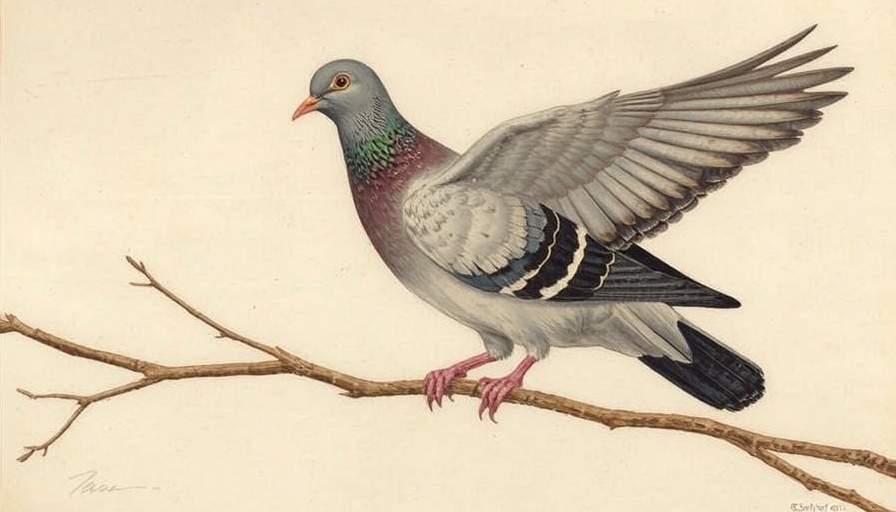
A Complex Melody in Drylands
The Brewer's Sparrow, known as the quintessential drylands bird, enchants listeners with its musical and intricate song. Its rich melodies can be heard echoing across the sagebrush in Eastern Washington’s Columbia Basin each spring. This migratory songbird, which winters mostly in western Mexico, returns to its sage-filled habitat, bringing with it one of the most compelling bird songs in North America.
Habitat Challenges: A Threat to Songbirds
As one of the most beloved savannah species, the Brewer's Sparrow not only captivates with its vocal performance but also serves as a symbol of ecological balance. Its home—shrub-steppe—is rapidly disappearing due to agricultural expansion and urban development. This loss of habitat poses a serious threat to the survival of the Brewer's Sparrow and others like the Sage Thrasher and Vesper Sparrow, which share similar environments.
What Makes the Brewer's Song Special?
The Brewer’s Sparrow’s song is often described as a lyrical aria—distinct and complex. Unlike many birds that deliver simple tunes, this sparrow showcases a variety of tones and sequences that resonate with nature's rhythm. Its ability to thrive in harsh conditions—sourcing all necessary water from seeds and insects—further embodies its resilience and adaptability, traits that many conservationists are keen to study and protect.
Join the Conservation Efforts
The plight of the Brewer's Sparrow highlights the urgent need for habitat conservation and awareness. By understanding the intricacies of these birds' lives and their songs, we are reminded of the delicate balance within our ecosystems. Advocating for more sustainable agricultural practices and engaging in local conservation initiatives can make a significant difference.
 Add Row
Add Row  Add
Add 




Write A Comment